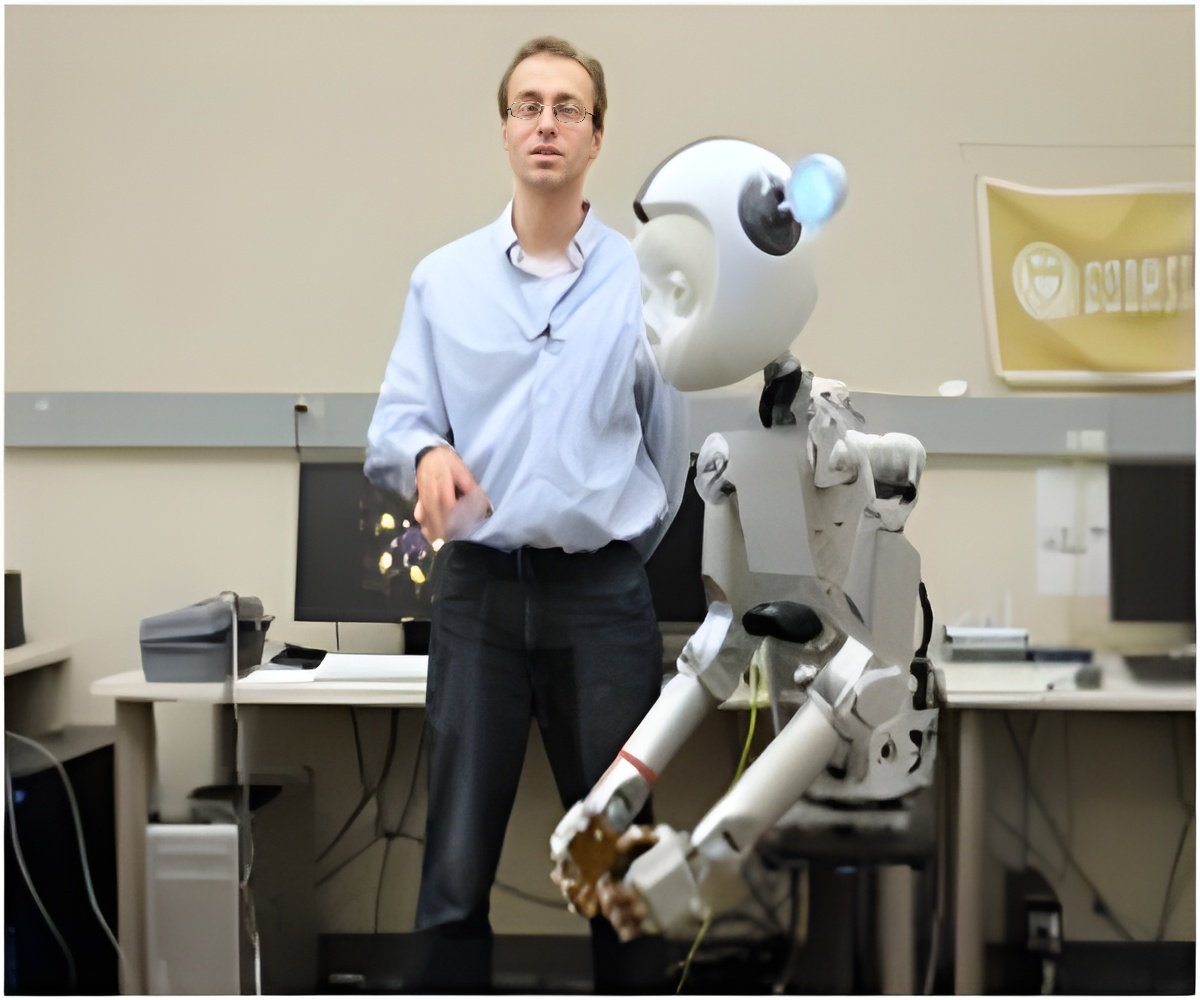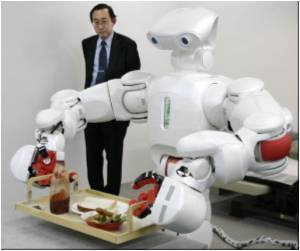
That is the view of Michael Goldfarb, the H. Fort Flowers Professor of Mechanical Engineering, and his colleagues at Vanderbilt University's Center for Intelligent Mechatronics.
For the last decade, Goldfarb's team has been doing pioneering research in lower-limb prosthetics.
It developed the first robotic prosthesis with both powered knee and ankle joints. And the design became the first artificial leg controlled by thought when researchers at the Rehabilitation Institute of Chicago created a neural interface for it.
In the article, Goldfarb and graduate students Brian Lawson and Amanda Shultz describe the technological advances that have made robotic prostheses viable.
These include lithium-ion batteries that can store more electricity, powerful brushless electric motors with rare-Earth magnets, miniaturized sensors built into semiconductor chips, particularly accelerometers and gyroscopes, and low-power computer chips.
Advertisement
The electric motors play the role of muscles. The batteries store enough power so the robot legs can operate for a full day on a single charge.
Advertisement
The microprocessor provides the coordination function normally provided by the central nervous system. And, in the most advanced systems, a neural interface enhances integration with the brain.
Unlike passive artificial legs, robotic legs have the capability of moving independently and out of sync with its user's movements. So the development of a system that integrates the movement of the prosthesis with the movement of the user is "substantially more important with a robotic leg," according to the authors.
The research is published in the journal Science Translational Medicine.
Source-ANI












